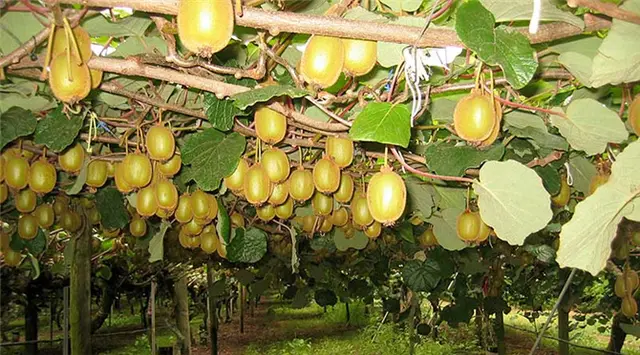Meat, wool and horticulture and forestry export will drive growth in New Zealand's primary sector exports through to 2017 and help to offset falling returns in the pillar dairy industry, a government report said Tuesday.
The Ministry for Primary Industries report said primary sector export revenue was expected to increase by 1.9 billion NZ dollars (1.29 billion U.S. dollars) to 37.6 billion NZ dollars (25.53 billion U.S. dollars) in the year ending June 2016.
The meat and wool sector was expected to continue its strong growth, with a forecast revenue increase of 910 million NZ dollars (617.89 million U.S. dollars), or 10 percent, due to strong demand for beef exports from the United States, while Chinese demand for wool also remained strong.
Milk production was expected to be down 7 percent this season compared to last, due to current dairy prices, but prices were expected to rebound by late 2016 or early 2017 as current dairy stocks were worked through and demand increased.
The forestry sector is forecast to grow, despite slowing demand from China's construction sector.
Pipfruit and wine revenues were driving a strong outlook in the horticulture sector.
The report was published the same day as the government statistics agency revealed the number of New Zealand dairy cattle has dropped for the first time in a decade.
New Zealand had a total of 6.4 million dairy cattle at the end of June 2015, according to Statistics New Zealand.
"We have 300,000 fewer dairy cattle than in 2014, which is a reversal of the trend of increases in the last 10 years," business indicators senior manager Neil Kelly said in a statement.
In the same one-year period, beef, and deer numbers also fell, while the number of sheep fell by 300,000 to a total of 29.5 million.
 简体中文
简体中文

